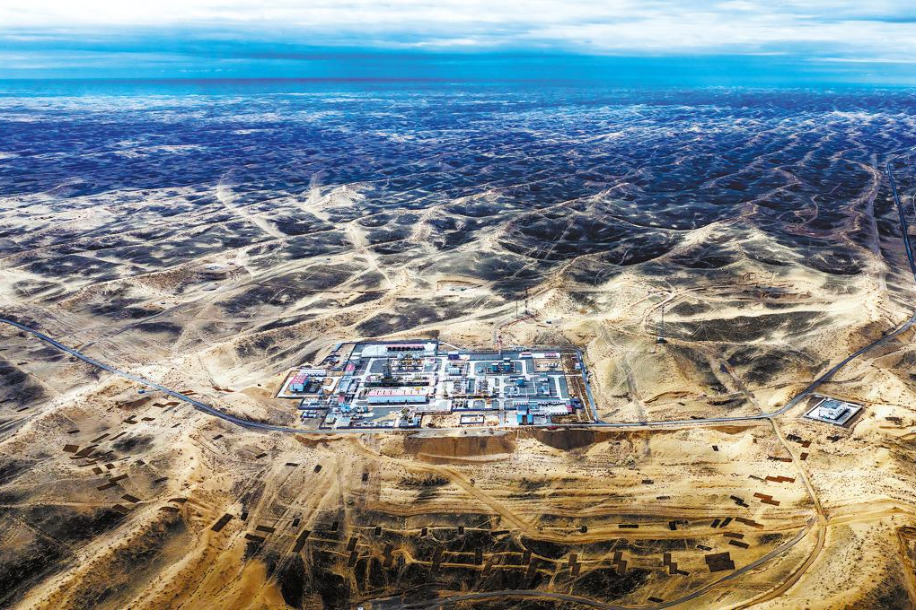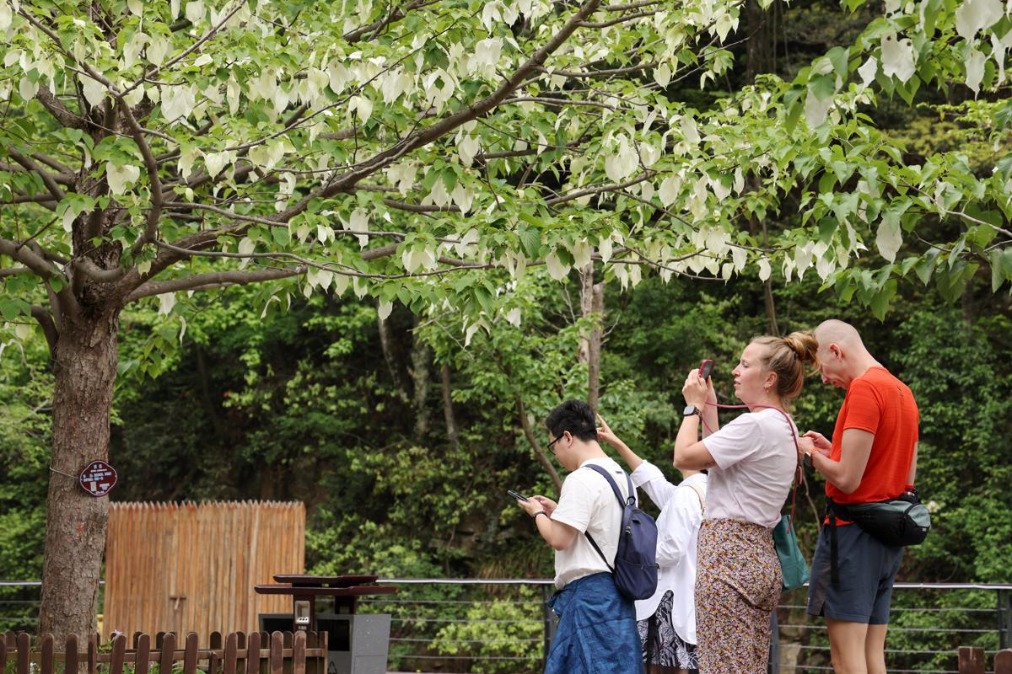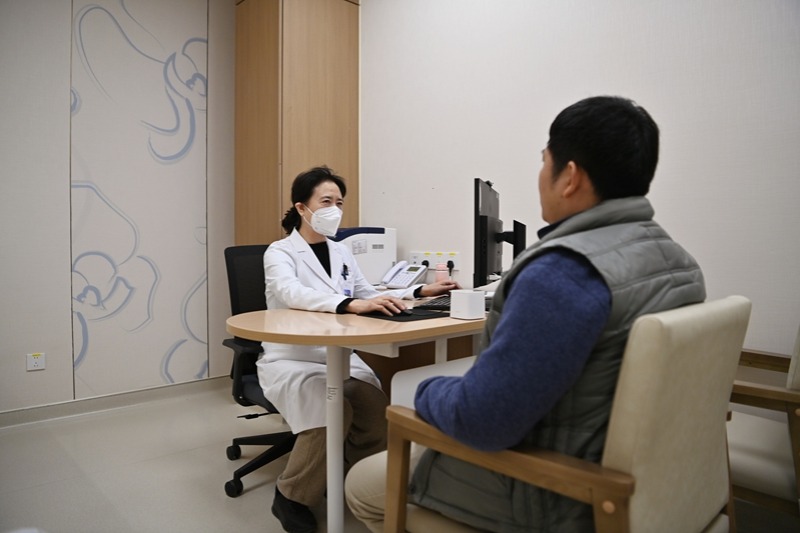Debut stem cell therapy pricing released in Hainan

The Boao Lecheng International Medical Tourism Pilot Zone in Hainan province has released pricing for China's first batch of stem cell therapies officially classified as "medical technologies", marking a regulatory shift from traditional drug approval frameworks.
The approved treatments — targeting knee osteoarthritis, which will cost about 36,000 yuan ($4,926) per session, autologous lung cell transplantation (150,000 yuan), and ischemic heart disease (60,000 yuan) — represent a transformative step in expanding access to cutting-edge regenerative therapies while navigating an evolving regulatory landscape.
"The medical pilot zone in Hainan serves as a policy innovation testing ground, implementing breakthrough institutional arrangements," said Su Jing, secretary-general of the Center for Global Development and Health Communication Research at Tsinghua University. "The zone permits specific medical projects to conduct clinical applications without undergoing conventional approval processes from national drug regulatory authorities, effectively establishing a platform for medical innovations."
While the announcement broadens treatment options, experts emphasize the importance of strict safeguards. Eligibility is limited to patients who meet rigorous clinical criteria, such as individuals with severe knee osteoarthritis that is unresponsive to standard therapies or patients with ischemic heart disease and significant left ventricular dysfunction.
Su noted that technical classification remains a source of debate — whether stem cell therapies should be categorized as medical devices, pharmaceuticals or an independent medical technology.
"This classification determines the regulatory pathway: if defined as medical devices, they would require full-cycle clinical trials and approval procedures akin to cardiac stents; if classified as pharmaceuticals, they would fall under the drug development management system. But if recognized as a medical technology, they could be implemented through the healthcare system's registration framework," she said. "Such definitional uncertainties not only affect the timeline for clinical application but also substantially influence R&D investment costs."
Tan Zaixiang, director of the health policy and health management research center at Xuzhou Medical University, said Hainan's dual-track regulatory model for medical technology and drug approvals has created a national testing ground for stem cell treatments.
"This innovation accelerates clinical translation while maintaining pharmaceutical standards," Tan said.
He cautioned, however, that the global stem cell therapy market — projected to reach $48.8 billion by 2034 — poses dual risks. Unregulated applications could lead to immune rejection incidents, highlighting the need for strengthened long-term patient monitoring.
He said stem cell therapy is particularly effective for diseases that cannot be cured by traditional treatments.
"Immune cells are very beneficial for diseases of the blood system," he said. "In the United States, a lot of work is being done in Philadelphia, which is known as 'Cellicon Valley'. Compared to them, we are more cautious about openness when it comes to cell therapy policy."
In China, stem cell therapies managed as a medical technology are regulated by the National Health Commission. The national medical research registration and filing platform has approved filings from more than 140 stem cell institutions and nearly 130 research projects. These projects are conducted through clinical research and may not charge patients, Tan said.
Sun Lei, director of the bone and joint transplantation and regeneration laboratory at Beijing Jishuitan Hospital, said the Boao model has sparked optimism within China's stem cell industry, but challenges remain.
The high cost of cell therapies — equivalent to many months of disposable income for the average urban household — raises affordability concerns, he said.
Still, he said, "the latest approval in Boao, if scaled nationally, will be of great significance for the stem cell sector and has broad market potential."
Ye Cuihua, a 77-year-old arthritis patient who has undergone multiple surgeries, said she would consider trying the therapy despite the cost.
"I've been taking medication for over 20 years and have had two surgeries," she said. "If stem cell treatment can make me feel better in my later years, I'm willing to try it. The price is only reasonable if it's truly effective."
?
- Debut stem cell therapy pricing released in Hainan
- Two giant pandas depart Chengdu for Austria
- Former senior Xinjiang official receives sentence
- Grassland conservation efforts yield positive results
- Hong Kong and Macao astronauts to carry out their first flight mission as early as 2026
- Courts to take tough stance against solid waste pollution






































